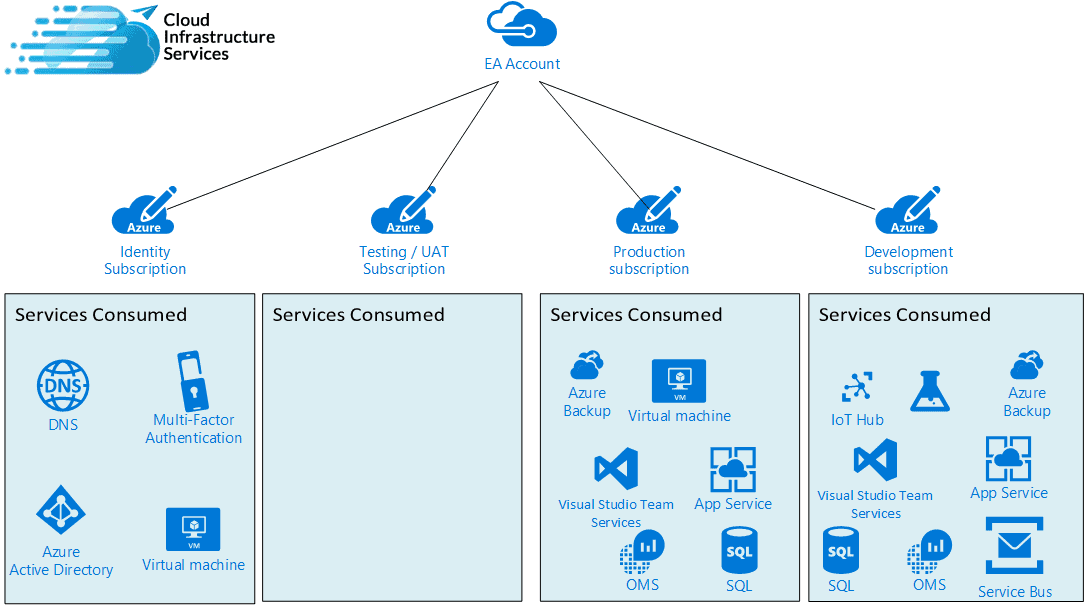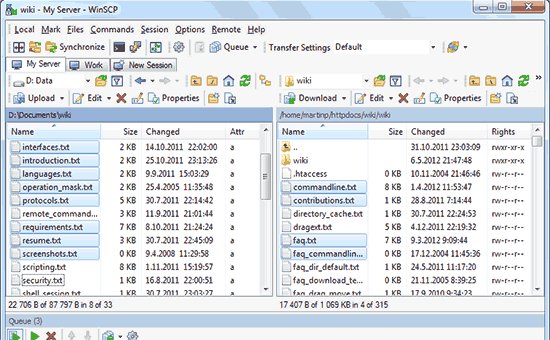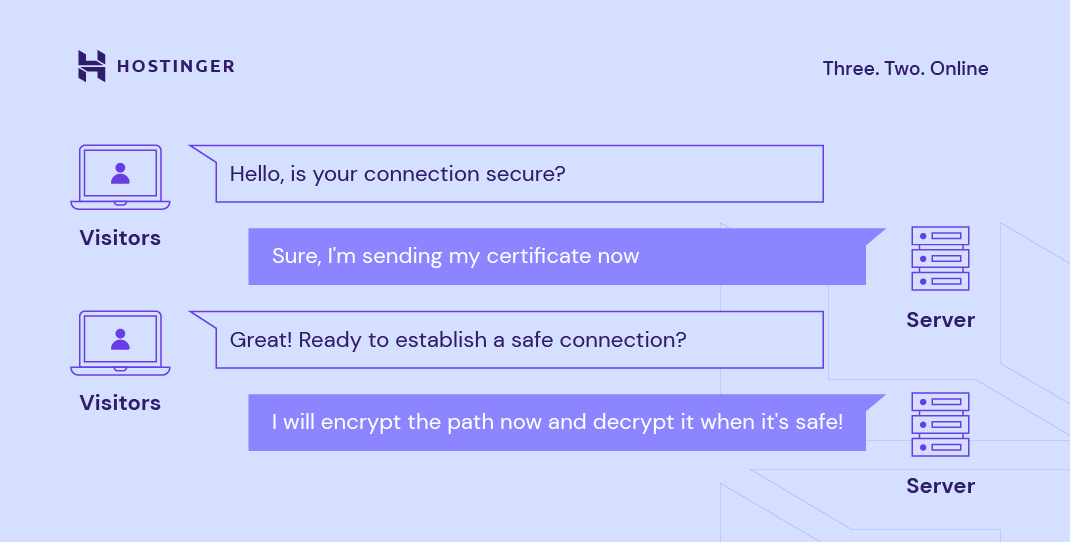
A website consists of a number of interconnected pages on the Internet, grouped under an unique address or name called URL. These pages contain information or services that can be accessed by the public. They may take on different formats such a text, an image, a video, audio or an animation.
Users can access the website on the server via their web browsers from anywhere in the world. The browser sends a request via HTTP to the server of the website, and then the server responds with the desired content.
The browser paints the screen with the page once it is made available. This technique is called "rendering". The page will remain blank for a couple of seconds before any content appears.
At first, the browser looks for all
Link>
These elements are used to tell the browser where to find style sheets (CSS) and JavaScript that should be applied to the page. These are the elements that tell the browser where to find the style sheets (CSS) and JavaScript that should be applied to the page.
It then

parses these code files and renders the HTML, CSS and JavaScript to the screen. This process creates a DOM (Domain Object Model) tree in-memory and applies the CSSOM styles to produce a visual display of the page.
After that, the browser can then use those elements to interact with the page. This includes clicking on a link, viewing an image or video and downloading files the website needs.
DNS is a domain name service that maps websites to computer-friendly IP addresses. DNS is also used to track the IP addresses of each web server.
Each domain name has an associated IP address, which is a web server's address. When a user enters a URL into their address bar, they are directed to the DNS to retrieve this information. The DNS system turns the human-readable name of the domain into a machine-readable address, which the computer is able to read and can send back the the web browser.
On receiving the IP, the browser makes another HTTP Request to the server. The HTML, CSS, and JS code for the website it seeks is sent to the server.

The process is repeated as necessary until all HTML, CSS, and JS codes have been retrieved. Once the code is retrieved, the browser then paints the page to the screen and lets the user interact with it.
The internet information that you see is a combination of many powerful inventions, which make it possible to connect data from remote computers anywhere in the world. These inventions consist of the Internet Domain Name System, and the World Wide Web. They are key technologies which allow you to locate the data that you need, wherever it may be on Earth or however complex.
FAQ
Is web design difficult?
Web Development is hard but you can learn it if you are passionate about coding.
It is as easy as finding the right tools for you and following them step by step.
There are many tutorials available on YouTube and other platforms. Online software like Sublime Text and Notepad++ is also available for free.
Many books are also available in libraries or bookstores. The most widely-read books include:
O'Reilly Media presents "Head first HTML & CSS".
"Head First PHP & MySQL 5th Edition" by O'Reilly Media
Packt Publishing presents "PHP Programming: Absolute Beginners".
I hope you find this article helpful!
Are I more likely to be hired for a job as a Web Developer if my portfolio is good?
Yes. If you want to land a job as web designer or developer, your portfolio is essential. The portfolio must show examples of your skills and experience.
A portfolio typically includes samples from your past projects. You can include anything that demonstrates your skills. Your portfolio should include everything from mockups, wireframes, logos, brochures, websites, and even apps.
Can I use a framework or template on my website?
Yes! Many people use pre-built templates or frameworks when creating a website. These templates provide all the code necessary to display information on your site.
Some of the most well-known templates are:
WordPress - one of the most popular CMSes
Joomla - another popular open source CMS
Drupal - A large-scale enterprise solution that large businesses use
Expression Engine - a proprietary CMS from Yahoo
There are hundreds of templates available for every platform. It should not be difficult to find the right one.
What is a static web site?
Static websites are those where all content is stored on a web server and can be accessed by users via their web browsers.
The term "static” refers the fact that there is no dynamic feature such as changing images or video, animations etc.
This type of site was originally developed for use in corporate intranets but has since been adopted by individuals and small businesses who want simple websites without the complexity of custom programming.
Because static websites require less maintenance, they have grown in popularity. Static sites are easier to maintain and update than fully-featured websites with multiple components (such as blogs).
They also load quicker than their dynamic counterparts. This makes them perfect for users who are using mobile devices or have slow Internet access.
Static websites are also more secure than dynamic ones. Static websites are much harder to hack than dynamic ones. Hackers have only access to data stored in a database.
There are two main ways to create a static website:
-
Use a Content Management System (CMS).
-
How to create a static HTML website
It all depends on what you need. A CMS is a good choice if you are new to website creation.
Why? Because it gives you complete control of your website. A CMS means that you don't have to hire someone to set up your website. Upload files to the web server.
You can still learn how to code and create a static website. But you'll need to invest some time learning how to program.
Statistics
- The average website user will read about 20% of the text on any given page, so it's crucial to entice them with an appropriate vibe. (websitebuilderexpert.com)
- When choosing your website color scheme, a general rule is to limit yourself to three shades: one primary color (60% of the mix), one secondary color (30%), and one accent color (10%). (wix.com)
- At this point, it's important to note that just because a web trend is current, it doesn't mean it's necessarily right for you.48% of people cite design as the most important factor of a website, (websitebuilderexpert.com)
- Did you know videos can boost organic search traffic to your website by 157%? (wix.com)
- Is your web design optimized for mobile? Over 50% of internet users browse websites using a mobile device. (wix.com)
External Links
How To
What is website Hosting?
Website hosting refers simply to the place that people visit when they visit a website. There are two types.
-
The cheapest option is shared hosting. Your website files reside on a server controlled by someone else. Customers who visit your website send their requests via the Internet over to that server. The request is sent to the server's owner who then passes it on to you.
-
Dedicated hosting - This is the most expensive option. Your website resides entirely on one server. No other websites share space on the server, so your traffic stays private.
Most businesses choose shared hosting because it's less expensive than dedicated hosting. With shared hosting, the company that owns the server provides the resources needed to run your website.
However, both have their advantages and disadvantages. Here are some key differences between them.
Pros of Shared Hosting
-
Lower Cost
-
Easy to Set Up
-
Frequent Updates
-
It is available on many Web Hosting Companies
Shared hosting is often as cheap as $10 per month. But keep in mind that this price usually includes bandwidth. Bandwidth is how much data you can transfer to the Internet. You may have to pay extra for large amounts of data, even if your blog only contains photos.
Once you begin, you will soon see why you spent so much on your previous host. Most shared hosts provide very limited customer support. Although they will help you set up your site occasionally, you are on your own once you have done that.
You'll want to look into a provider that offers 24-hour phone support. They will assist you with any problems that may arise while you're sleeping.
Dedicated Hosting Cons:
-
More Expensive
-
Less Common
-
Requires Special Skills
With dedicated hosting, all you need to maintain your website are provided. You won't have to worry about whether you're using enough bandwidth or whether you've got enough RAM (random access memory).
This means you will need to spend more upfront. However, once your business goes online, you'll discover that you don’t need as much technical support. You'll quickly become an expert at managing your server.
Which Is Better for My Business?
It all depends on the type of website you are creating. If you only want to sell products, then shared hosting might be the best choice. It's easy to set up and maintain. And since you're sharing a server with many other sites, you'll likely receive frequent updates.
However, dedicated hosting is the way to go if you want to build a community around your brand. Instead of worrying about traffic, you can concentrate on building your brand.
Bluehost.com is a web host that offers both. Bluehost.com offers unlimited monthly data transfers, 24/7 customer support, domain registrations free of charge, and a 30-day guarantee for your money back.